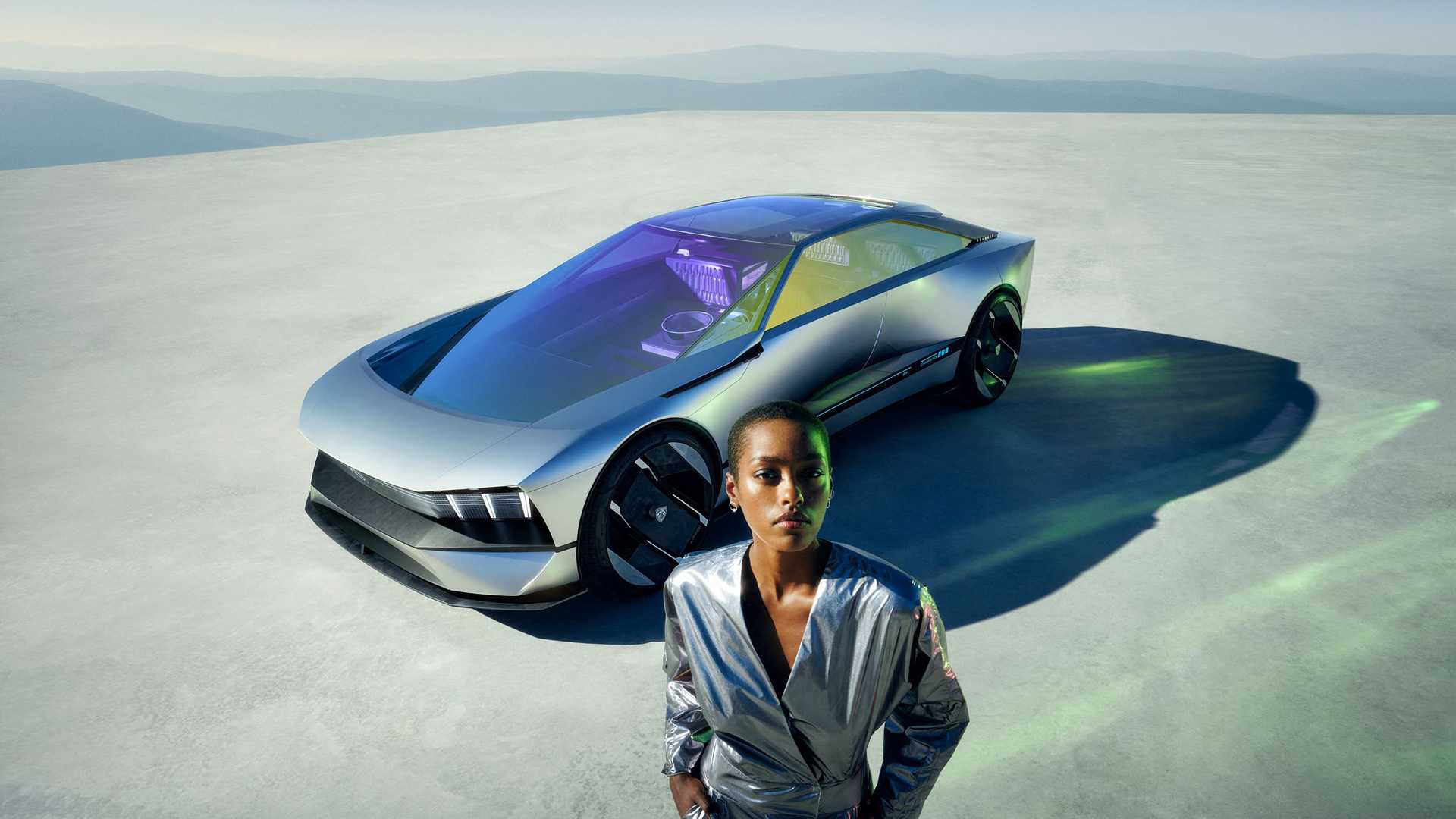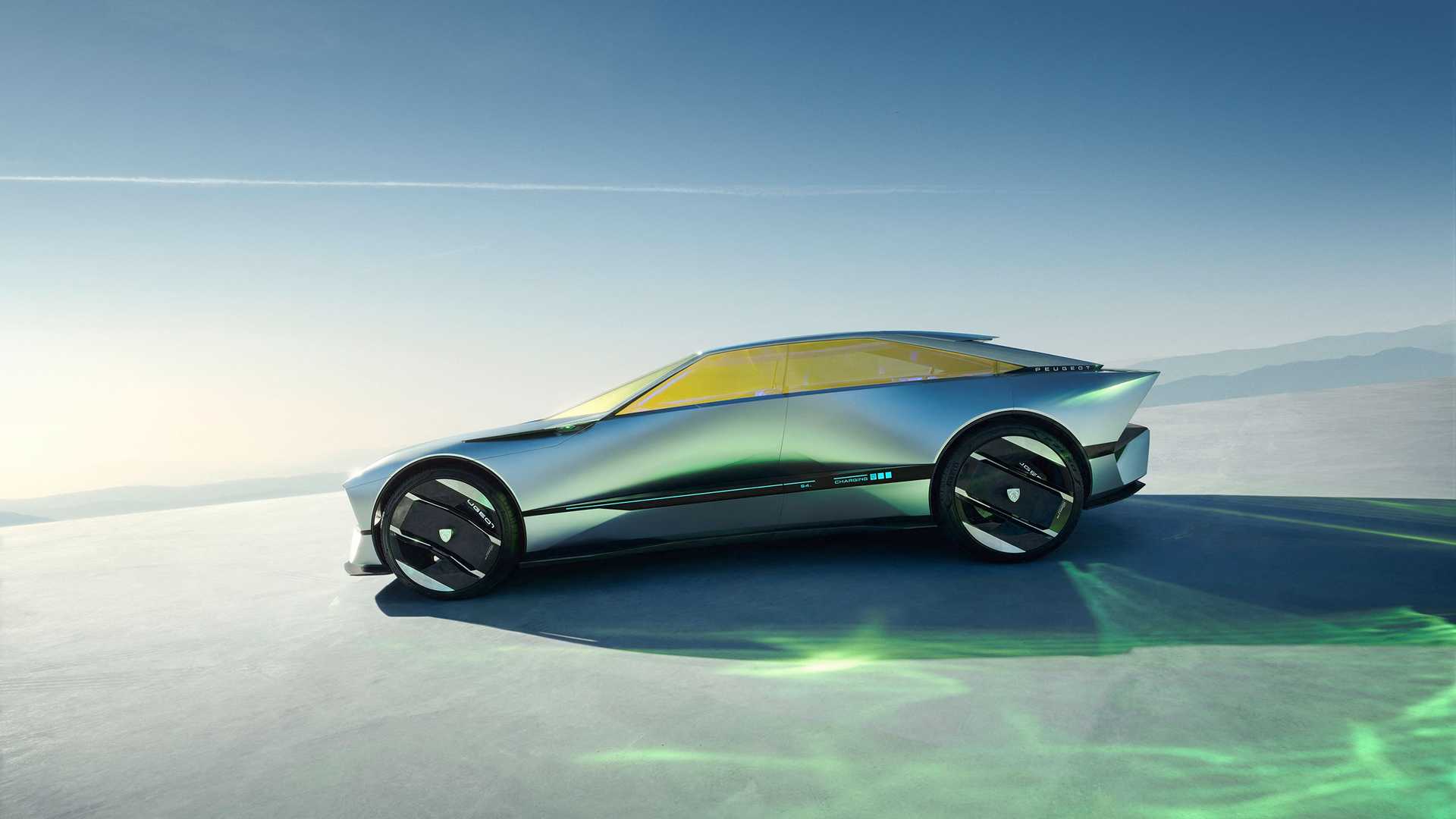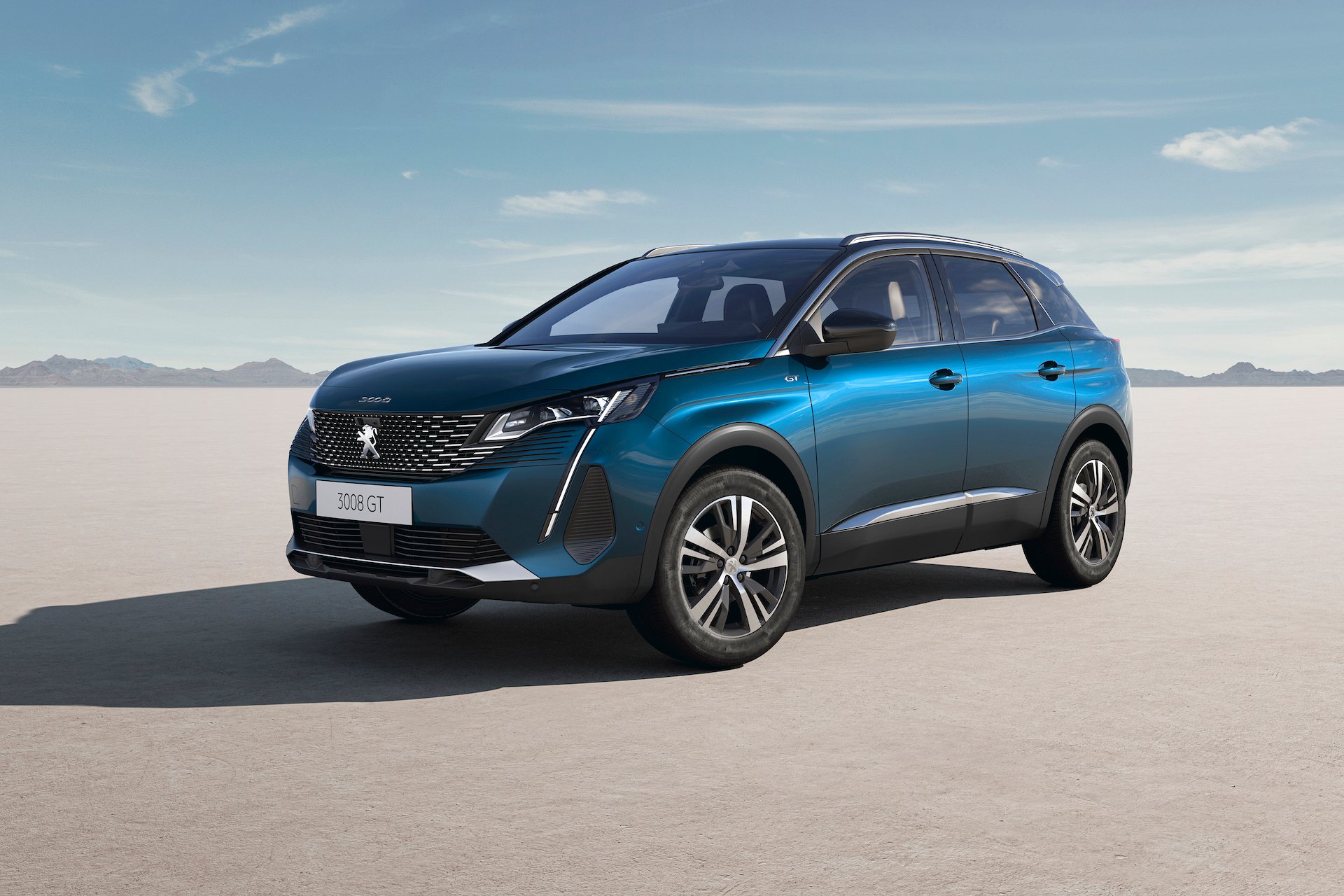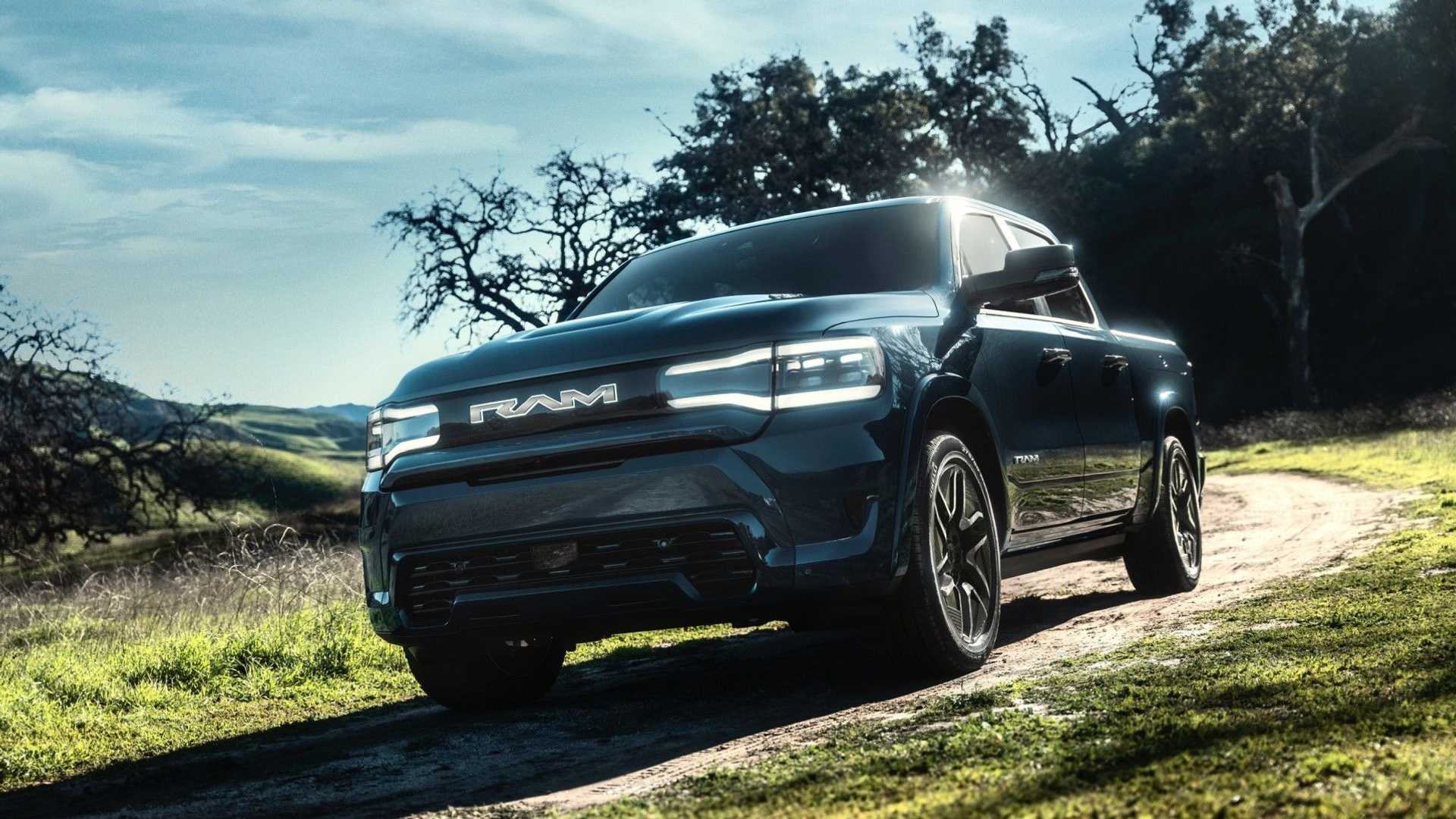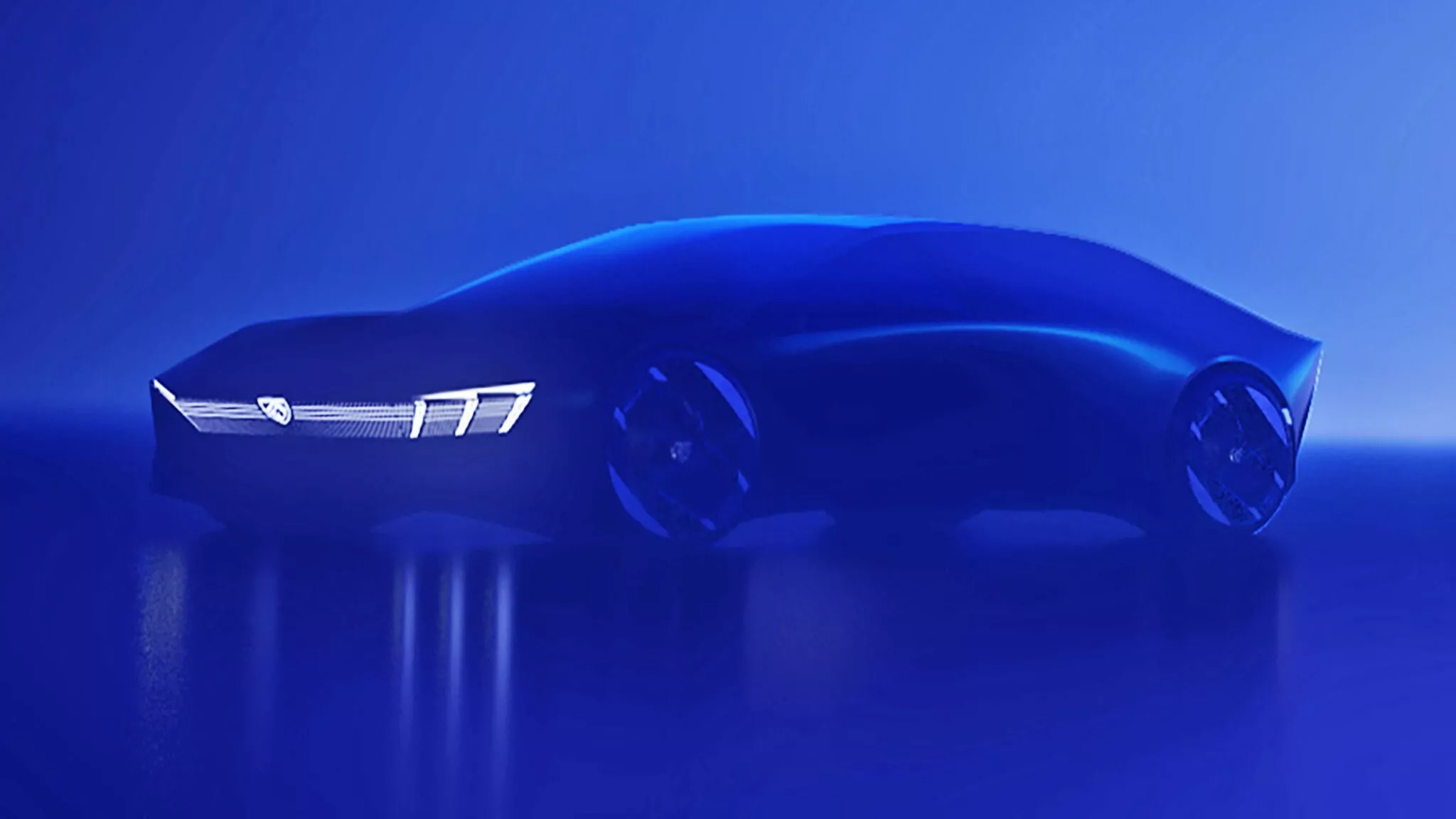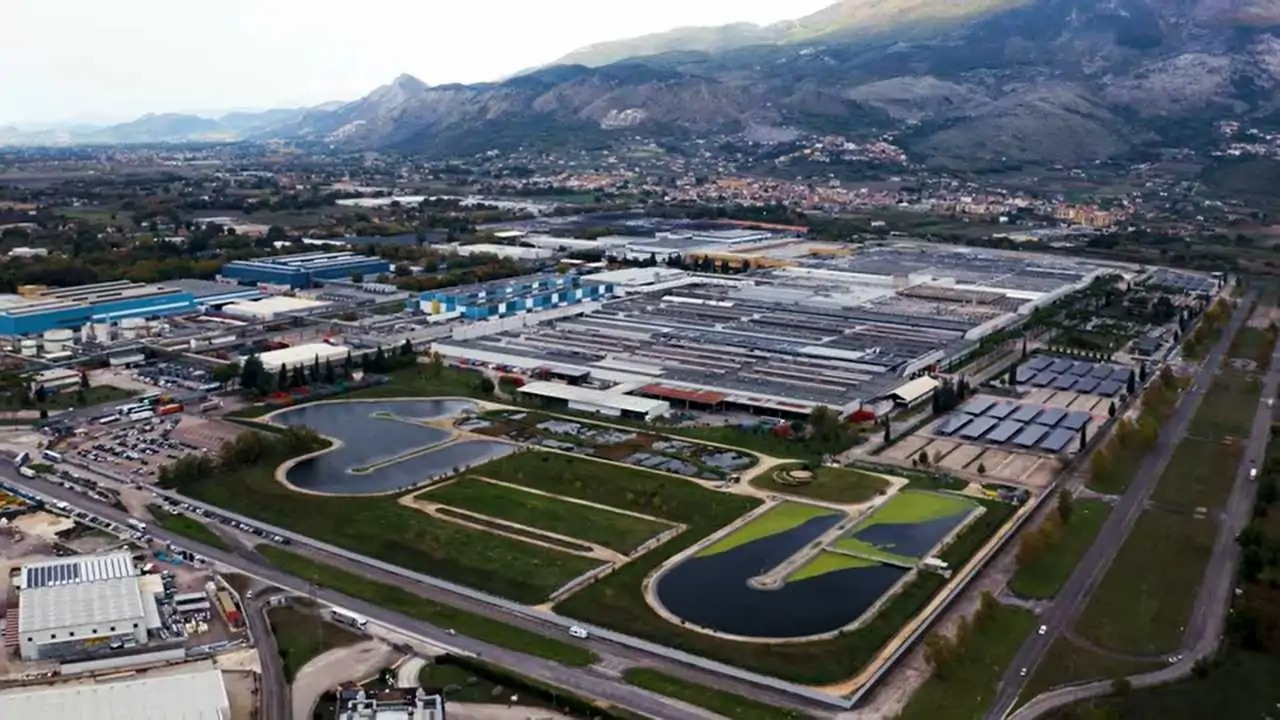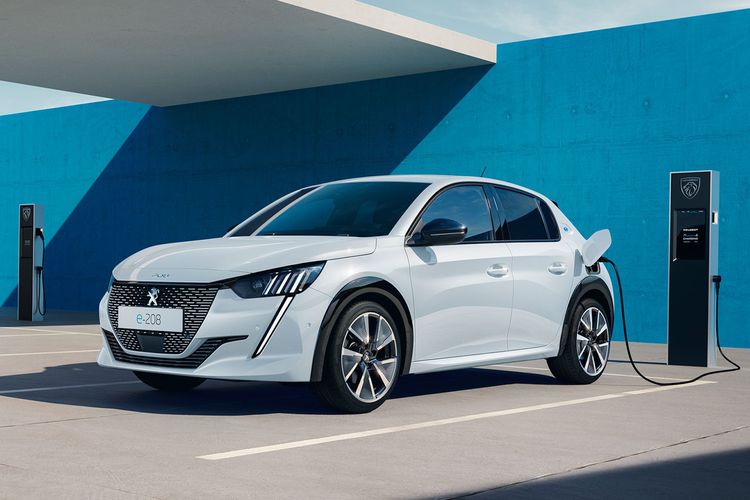At the recent E-Lion day event, Peugeot unveiled its plans for the future of electric vehicles. One of the most intriguing announcements was the company’s commitment to recycling and refurbishing key components in order to support longer lifecycles for its EVs.
Peugeot believes that by implementing these strategies, the lifetime of a fully electric vehicle can be extended to 20-25 years, which is a significant increase from the current lifespan of approximately 15 years for an ICE-powered vehicle. To accommodate this new reality, the company’s designers have been working on innovative ways to upgrade EVs throughout their lifecycle.
The idea behind this approach is to minimize the environmental impact of EVs by reducing the need for frequent replacements. By being able to upgrade and recycle components, Peugeot aims to make its EVs more sustainable in the long run. Additionally, this will also help to lower the overall cost of ownership for EV owners by reducing the need for costly replacements.
See also: Peugeot Confirms E-3008 and E-5008 Electric SUVs with Exceptional Range Up to 434 Miles
Peugeot’s commitment to recycling and refurbishing key components is a promising step towards a more sustainable future for electric vehicles. As the demand for EVs continues to grow, it’s important that manufacturers like Peugeot are thinking about ways to make them more sustainable in the long run.
Peugeot is imagining a future where key vehicle components, including the interior, could be refreshed and updated, similar to what we’ve seen in the Inception concept. The company suggests that an EV could be refurbished each time it is sold in the used car market, making it more appealing to buyers with an experience similar to that of a brand-new model. Re-upholstered seats, a new steering wheel, and a fresh interior trim would make any vehicle’s cabin look and feel much younger than it is, with a design better suited to the current trends. Additionally, the extensive use of recycled parts would further improve the environmental credentials of the car.
See also: Peugeot e-208 Reigns as Best-Selling Electric B-Segment Car in Europe in 2022
The refurbished interior will be combined with regular over-the-air upgrades for the infotainment system, ambient lighting, and other software-driven components, keeping them up to date with the latest tech advancements in terms of connectivity, entertainment, safety, etc. Peugeot explained that this process will be similar to the annual iOS update on the Apple iPhone, which is also valid for older versions of the smartphone.
According to Mathias Hossann, Design Director at Peugeot: “Imagine no more second-hand cars. Instead, a fresh and personalized car you can update or upgrade anytime, depending on your needs. An always up-to-date product that keeps its value throughout its lifetime.”
See also: Peugeot Inception Concept Revealed at CES 2023, Previews Future EV Brand Design
Peugeot’s approach is similar to that of other automakers, with the entire industry being more prone to upgrades rather than redesigning a product from scratch. With technology evolving so rapidly, the typical 4-5 year facelift intervals and 8-10 year generation lifecycle feel too long for not refreshing the vehicle in between. Over-the-air software upgrades have made it easier for automakers to add and improve features on existing models. Logically, the next step will be to make hardware upgradeable too, further expanding the possibilities.

